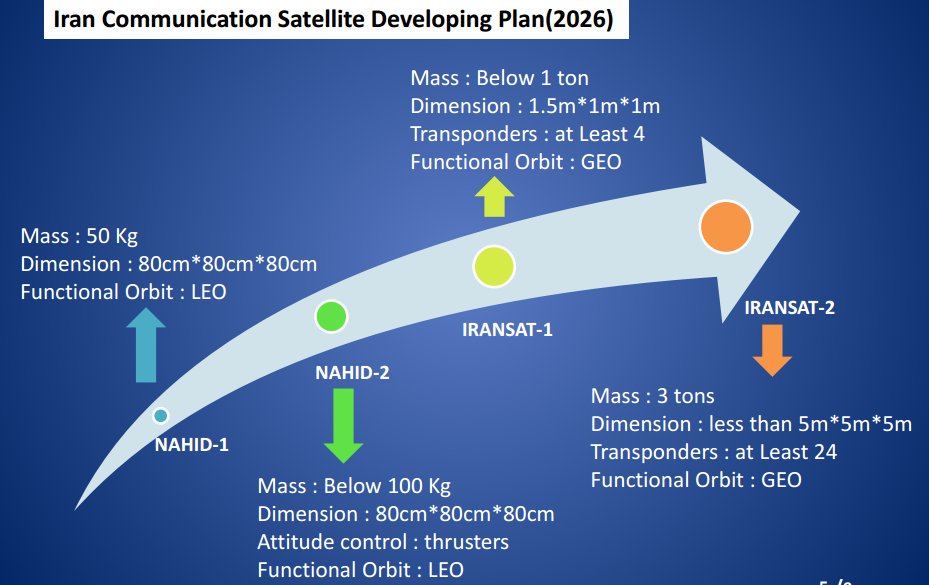Official: North Korea's upcoming end to its self-declared moratorium on space launch.
Supreme Leader Kim Jong Un Ascends Mt Paektu on Horseback
Oct. 16, Juche 108 (2019) Wednesday
Kim Jong Un, chairman of the Workers' Party of Korea, chairman of the State Affairs Commission of the DPRK and supreme commander of the armed forces of the DPRK, climbed up Mt Paektu, riding a white horse through the first snow of Mt Paektu.
He was accompanied by senior officials of the WPK Central Committee.
His march on horseback in Mt Paektu is a great event of weighty importance in the history of the Korean revolution.
He, sitting on horseback atop Mt Paektu, recollected with deep emotion the road of arduous struggle he has covered for the great cause of building the most powerful country with faith and will as firm as Mt Paektu and days of fast-paced changes as well, and took a bird's-eye view of the rolling mountains as if he viewed the high steep mountains ahead of the revolution he would have to go over again in high spirits.
His eyes were glittering with acumen of an illustrious commander who clearly sees the road of advance of a socialist power that is achieving prosperity with its own efforts while braving all headwinds by dint of the storm of Paektu.
Witnessing the great moments of his thinking on Mt Paektu, all the accompanying officials were overwhelmed by emotion and joy with the conviction that
there would be an exciting operation to take the world by surprise again and bring the Korean revolution a step forward.
Political News Team
Reference
rodong.rep.kp/en/index.php?strPageID=SF01_02_02&newsID=2019-10-16-0002_photo
rodong.rep.kp/en/index.php?strPageID=SF01_02_01&newsID=2019-10-16-0002
http://www.dprktoday.com/index.php?type=81&no=1405&l=k
http://www.dprktoday.com/index.php?type=95&s=1&no=12440&l=k#pos
http://www.dprktoday.com/index.php?type=22&no=21247&l=k#pos
http://www.pyongyangtimes.com.kp/?bbs=31769
North Korean leader visits sacred mountain as speculation grows
Oct 16, 2019
North Korean leader Kim Jong Un has made yet another improbable trek to the top of 2,744-meter-high (9,003-feet-high) Mount Paektu, which the country calls “the sacred mountain of the revolution” — and this time, he did it atop a white steed.
But behind the grandiose pictures may lie a more important message — Kim was said to be preparing for “a great operation to strike the world with wonder again,” according to state media.
Pictures released by the North’s official Korean Central News Agency on Wednesday showed Kim riding a galloping horse through snow-covered roads and forests, making his way to the top of the mountain.
“He, sitting on the horseback atop Mt Paektu, recollected with deep emotion the road of arduous struggle he covered for the great cause of building the most powerful country,” the KCNA dispatch said.
“The eyes of Kim Jong Un standing up atop grandiose Mt Paektu were full of noble glitters of the illustrious commander who clearly indicates the road of advance of a powerful socialist country that is achieving prosperity with its own efforts … in the face of all headwinds,” it went on.
“Having witnessed the great moments of his thinking atop Mt Paektu, all the officials accompanying him were convinced with overflowing emotion and joy that there will be a great operation to strike the world with wonder again and make a step forward in the Korean revolution.”
It was unclear what KCNA was referring to when it noted the “great operation,” but Kim’s visits to the mountain have typically surrounded key events and
major leadership decisions, according to analysts.
His previous trip to the mountain was in
September last year, when he visited it with South Korean President Moon Jae In in a move meant to highlight improving inter-Korean ties.
Before that, Kim last made the trek to the mountain’s summit
in December 2017, after the late-November launch of the North’s most powerful missile to date, the Hwasong-15 intercontinental ballistic missile (ICBM), which is believed capable of carrying a nuclear weapon to most, if not all, of the contiguous United States.
Kim has also visited the mountain around other major developments in the North, including
before he executed his powerful uncle, Jang Song-thaek, in late 2013, and following his
country’s fifth nuclear test in 2016.
Pyongyang warned last week after working-level talks with Washington broke off that it would not hold any more “sickening negotiations” until the U.S. takes a “substantial step” toward a “complete and irreversible withdrawal” of its “hostile policy.” After the talks collapsed, the North’s top negotiator also warned of “
terrible events” unless the United States comes to the negotiating table well prepared.
Vipin Narang, a North Korea expert and professor of international relations at MIT, said this could hint that North Korea may be looking to turn up the heat on U.S. President Donald Trump.
“Don’t get me wrong I was hoping for a shirtless Kim Jong Un in the snow as much as the next person … but I think he’s giving us a
space launch instead,” Narang wrote on Twitter.
Asked about why Kim might choose a space launch instead of another missile — he has launched a spate this year, including a submarine-launched ballistic missile (SLBM) — Narang said such a move could be the next screw to turn as the North Korean leader seeks to squeeze more concessions out of the U.S. side ahead of his self-imposed end-of-the-year deadline for progress in the talks.
Narang told The Japan Times that an ICBM launch or nuclear test were “too aggressive, too soon,” but that a rocket launch, likely under the veneer of
putting a satellite in space, would be a possible option for Kim.
“After [the SLBM] test, a space launch is [the] next rung up on the ladder — [to] see how far he can go, quite literally, before Trump even notices,” Narang said in an email.
KCNA said Kim also visited nearby construction sites in Samjiyon County and blasted U.S.-led U.N. sanctions imposed on his country over its nuclear and missile programs.
“The situation of the country is difficult owing to the ceaseless sanctions and pressure by the hostile forces and there are many hardships and trials facing us,” Kim was quoted as saying. “But our people grew stronger through the trials and found their own way of development and learned how to always win in the face of trials.”
Kim also said “the pain the U.S.-led anti-(North Korea) hostile forces inflicted upon the Korean people … turned into their anger,” according to KCNA. “No matter what persistent efforts the enemy make, we can live well with our own efforts and pave the avenue to development and prosperity in our own way.”
North Korea has been slapped with a total of 11 rounds of sanctions since 2006. The sanctions have been toughened since 2016 when Kim began conducting a series of high-profile nuclear and missile tests, and they include a full ban on key exports such as coal, textiles and seafood and a significant curtailing of oil imports.
Mintaro Oba, a former U.S. State Department official who worked on North Korean issues, said it was too early to say what exactly the statements by Kim meant, but acknowledged that they were almost surely carefully crafted.
“North Korea has never been careless about the signals, they know the outside world is watching closely, and they’re not just throwing random bluster out there,” Oba said. “They probably don’t mind the tactical ambiguity, either, of teasing at the possibility that something tension-raising might happen while diplomatic efforts continue.”
http://web.archive.org/web/20191016.../?hootPostID=c1650e2de31f2b75a46db089a1164864
http://web.archive.org/web/20191016.../?hootPostID=c1650e2de31f2b75a46db089a1164864
http://archive.fo/ioHm2























































































